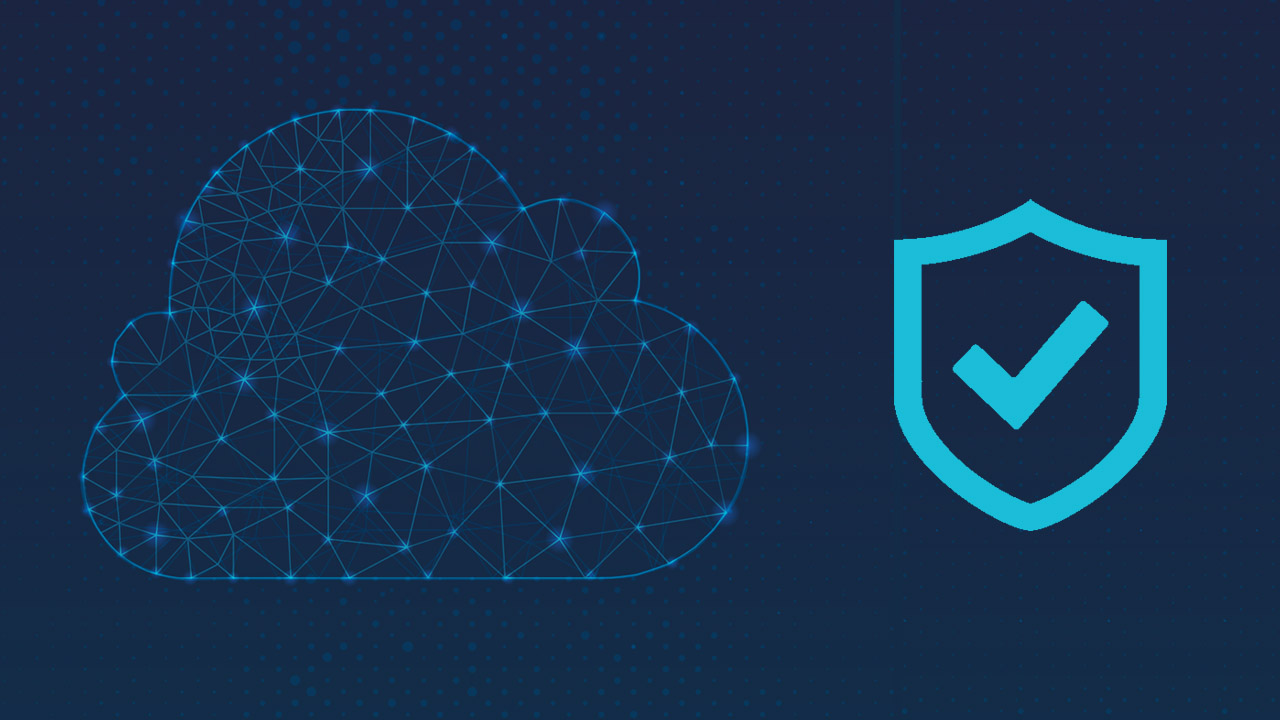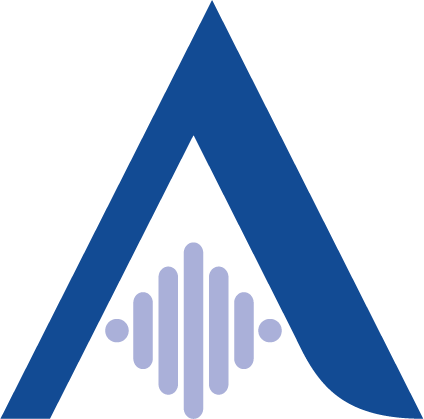Investor Relations

Cloud infrastructures are intrinsically secure and the general security aspects are managed by Cloud Service Providers.
The tools available in the AWS Clouds, combined with the professionalism of Almaviva in the Cloud Services and Cyber Security environment, meet the customers’ need to handle the risks correlated with making the user portions secure.
The fundamental security principles that must guide the creation of Cloud solutions:
Security is a shared responsibility.
Cloud solution designs must contemplate resilience specifications.
Enable event auditing.
Activate effective monitoring.
Keep the infrastructure and the applications updated.
Grant minimum privileges.
The fundamental security principles that must guide the creation of Cloud solutions:
Security is a shared responsibility.
Cloud solution designs must contemplate resilience specifications.
Enable event auditing.
Activate effective monitoring.
Keep the infrastructure and the applications updated.
Grant minimum privileges.
Some threats could undermine the stability of the services provided:
Data Breach
A Data Breach is an incident in which sensitive, protected, or confidential information is released, viewed, stolen or used by an unauthorized person. A Data Breach can be the primary objective of a targeted attack or, more simply, it can be the result of human error, vulnerability of the applications or insufficient security practices.
System vulnerability
System vulnerabilities are bugs that can be used in programs that the attackers can use to infiltrate a computer system for the purpose of stealing data, taking control of the system or interrupting the service. The vulnerabilities within the components of the operating system – kernels, system libraries and application instruments – place the security of all the services and data at risk.
Insecure management of Identities, Credentials and Access Management
Data Breaches and other attacks can occur due to the lack of security in managing the access systems, failure to use multiple-factor authentication, the use of weak passwords and the lack of encryption key, password and certificate management.
Irresponsible use of the Cloud Services
Inadequately protected cloud solutions expose IaaS, PaaS and SaaS cloud computing resources to harmful attacks. Some improper uses of poorly protected resources:
- DdoS attacks
- Spam and phishing campaigns via E-mail
- Cryptocurrency mining
- Database brute force attacks
- hosting of harmful or illegal content.
Insecure interfaces and API
Cloud computing providers present a set of (UI) or API (Application Programming Interface) software user interfaces that the customers use to manage and interact with the cloud services. Provisioning, management, orchestration and monitoring are executed with these interfaces. Security and the availability of general cloud services depend on the security of these base API. From authentication and access control to encryption and activity monitoring, these interfaces must be designed to be protected against accidental and harmful attempts to elude the criteria.
Data Loss
The data archived in the cloud can be lost for reasons other than harmful attacks. Accidental deletion by the cloud services provider or, worse yet, a physical catastrophe such as a fire or earthquake, can result in the permanent loss of the customers’ data, unless the provider or the CSP customer adopt adequate measures to execute a data backup, following the recommended procedures for corporate continuity and emergency recovery, as well as a daily data backup. The burden of preventing data loss does not fall exclusively on the provider, therefore data conservation logic functional to the requirements must be implemented. Data loss also occurs in the event in which a customer encrypts the data prior to uploading it to the cloud, but loses the encryption key.
Account Hijacking
Account and Services Hijacking violation is widespread. Using more traditional attacks, such as phishing or exploitation of software vulnerabilities, credentials and passwords are seized and reused to intercept activities and transactions, manipulate data, return falsified information and redirect the customers to illegitimate websites.
Insufficient Due Diligence
In defining new projects of migration to the Cloud, the cloud technologies and service providers must be considered. Defining an efficient roadmap and specific checklists for the assessment of technologies and CSP is essential in achieving the best chances of success. The hasty adoption of cloud technologies and relative CSP results in an exposure to commercial, financial, technical and legal risks.
Denial of Service
DoS (Denial-of-Service) or DDoS (Distributed Denial of Service) attacks are attacks intended to prevent the users of a service from accessing their data or their applications. The attack consists in forcing the attacked service to consume excessive quantities of system resources, for example processor power, memory, disk space or network bandwidth. This causes the system to slow down intolerably, rendering the service unusable.
AWS makes tools available to facilitate control and to securely manage the infrastructures created in the Cloud and allows the fundamental security and compliance requirements to be met: data localization, protection and confidentiality, with the available services and functions, automating controls.
Not only reacting to attacks, but recognizing and preventing potential threats in the ecosystems of every industry. With Almaviva Cyber Intelligence
Benefits
With the world of IT shifting to Cloud Computing, security plays an essential role in the company's growth path. Almaviva guarantees cybersecurity through innovative solutions and services that enhance AWS best practices, risk mitigation logic, vulnerability assessments and penetration tests, hardening management, and remediation processes.
Cyber Security & Privacy
Tools and services
The security tools available at AWS, designed to ensure maximum flexibility, through Almaviva's experience and technological and process professionalism, take on the functional form the service provided in compliance with security, reliability and performance requirements.
The security of user accounts is managed through Identity and Access Management (IAM) services, and implements further controls such as Multi-Factor Authentication (MFA), to manage critical activities in compliance, such as the creation and management of access information, user authorizations, and administration privileges.
Software and application security is implemented with Web Application Firewall solutions such as AWS WAF, load management and distribution is guaranteed by Application Load Balancer mechanisms such as ALB and CloudFront. The technologies used are capable of protecting web applications from complex attached, such as XSS and SQL injection, examining program security, and managing hardening and patch management to reduce vulnerabilities and attack surfaces.
Additional solutions are represented by key management tools, such as AWS Key Management Service (KMS), and by at rest or in transit data encryption services. The cloud ecosystem is protected by monitoring systems for workload control and intelligent threat detection, to DDos protection, available thanks to proprietary and third-party tools.
Case Study
CheckMe, the free tool to monitor Internet access security
An instantaneous work, study, entertainment or private financial transaction station risk check
Joshua CyberRisk Vision
Joshua offers organizations an end-to-end solution to define, monitor, analyze, and improve their overall cyber security level, according to a predictive and context analysis approach, following a broad spectrum cyber intelligence-driven logics
Visit the websiteCase Study
Safer agriculture: the Italian Online Commodity Exchange Legal Supply Chain platform
Analysis, synergy, simplification, legality
Case Study
Estimator
Interoperability between insurance platforms
Case Study
The Multicash Platform
More streamlined back office operations, better interbank relations
Trace4Goods
The platform that allows tracking a product's supply chain on Blockchain to identify its origin and characteristics at each point along the supply chain
Find out moreContact the Cloud Services team
Digital Change
DevOps
Digital Change
Architecture

- About us
- Our Group
- Corporate governance
- Sustainability
- Media
- News
- Press Release
- Press Contact
- Work with us
- Work with us
- Investor Relations
- Group Profile
- Reports and Presentations
- Communications
- OPA on Almawave S.p.A.
- Calendar
- Contact us

Copyright Almaviva S.p.A. 2018
Head office and offices
00137 Rome
Via di Casal Boccone, 188-190
tel. (+39)-06.39931
C.F./P.IVA 08450891000
